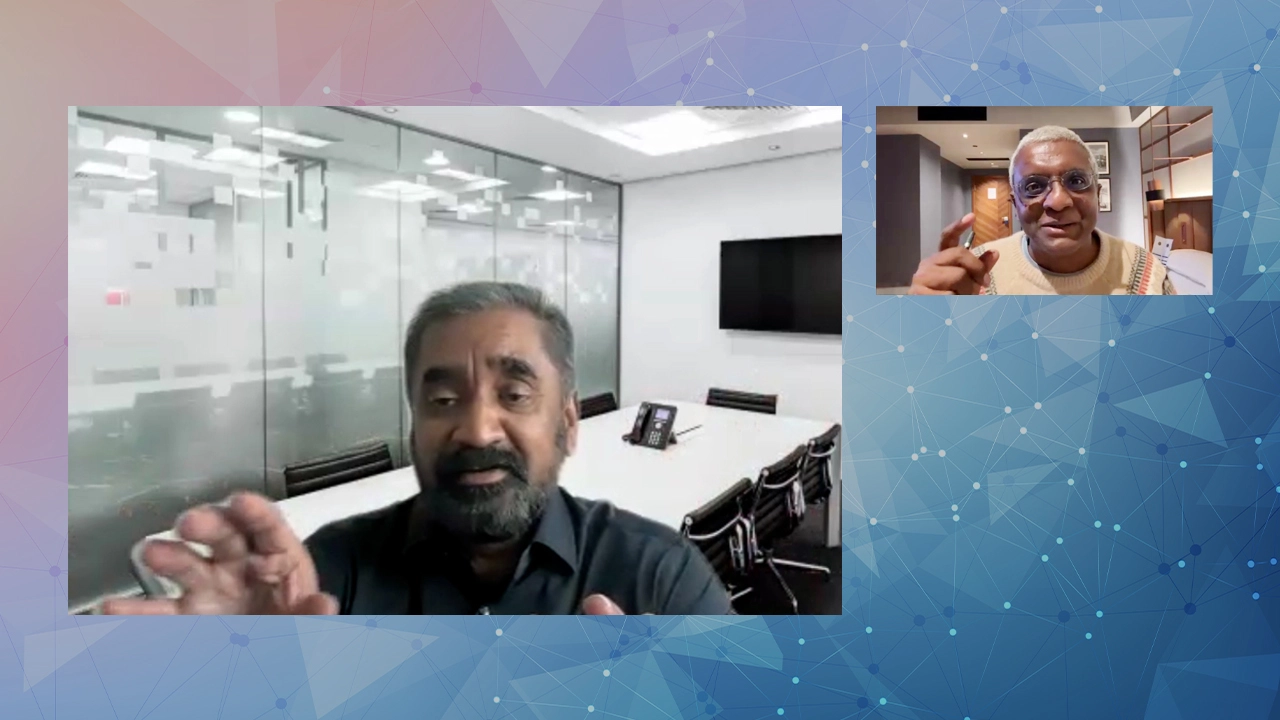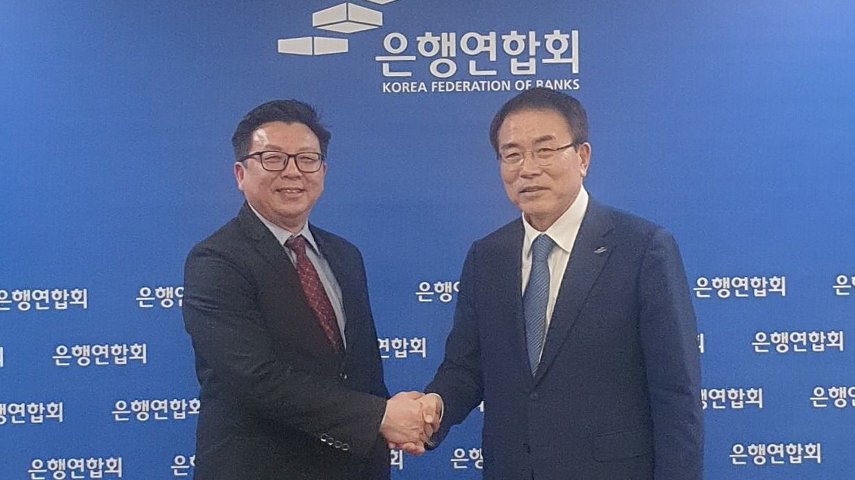- Published on 1 June 2023
- 845 Views
BIS' Project Aurora uses data and technology to combat money laundering
The BIS Innovation Hub’s Nordic Centre has successfully concluded Project Aurora, a proof of concept that explores new ways of combating money laundering with a combination of payments data, privacy-enhancing technologies, artificial intelligence (AI) and enhanced cooperation across institutions and borders.
According to the Financial Action Task Force (FATF), almost all large money laundering schemes are cross-border and involve different business sectors. Meanwhile, financial institutions often face limitations in detecting potential suspicious networks and transactions due to their reliance on fragmented data and systems.
A Lexis Nexis study on the costs of financial crime compliance underscores the financial burden placed by anti-money laundering (AML) efforts on financial institutions. Between 2020 and 2022, these costs surged by around $60 billion, or more than a quarter, to approximately $274 billion. Despite these staggering expenses, the current approach remains inadequate. According to the United Nations Office on Drugs and Crime, the estimated amount of money laundered globally is between 2% and 5% of global GDP. However, the authorities manage to recover only 1% of that amount.
The project was initiated with the aim of addressing the most pressing limitations in the battle against money laundering. The payments systems landscape involves a complex interplay of private and public entities, including commercial banks, payment services providers, fintech companies, central banks and regulatory authorities. This complexity often results in fragmentation, which criminals exploit.
Nevertheless, it is important to recognise that this ecosystem collectively generates an extensive volume of data, which holds a lot of potential for strengthening AML efforts. Acknowledging this opportunity, the FATF has identified a number of technologies such as privacy-enhancing technologies and advanced analytics that, when integrated with payment data, could be a game changer.
Project Aurora started by leveraging a comprehensive synthetic data set that represents real-world domestic and international payments data. To ensure the protection of sensitive information, advanced privacy-enhancing technologies were employed, drawing on machine learning and other advanced analytical tools while the data remain encrypted. Subsequently, algorithms were trained on this synthetic data set to detect various patterns, known as “typologies,” associated with money laundering activities across institutions and countries.
The project involved exploring different views on the synthetic data to represent various monitoring scenarios, including siloed, national and cross-border. Additionally, different approaches to collaborative analysis, including centralised, decentralised and hybrid models, were considered at both national and cross-border levels. The project findings highlighted the effectiveness of employing advanced analytics and technologies that adopt a behavioural-based analysis approach, which focuses on understanding the relationships between different individuals and businesses and identifying anomalies from normal behaviour. The results demonstrated that such methods are more effective in detecting money laundering networks than are the current rules-based approach, which is limited by its siloed nature.
The project was successfully delivered in partnership with Lucinity, an Icelandic AI software-as-a-service company in the field of financial crime compliance.
Beju Shah, head of the BIS Innovation Hub Nordic Centre said:“Money laundering presents an intricate data challenge, as it is one of the hardest activities to detect in the world of financial crime. Project Aurora demonstrates how technology can provide better tools to face these challenges. However, technology on its own is not a silver bullet and requires new approaches to strong public and private collaboration, supported by a legal and regulatory framework. It takes a network to defeat a network.”
Re-disseminated by The Asian Banker




